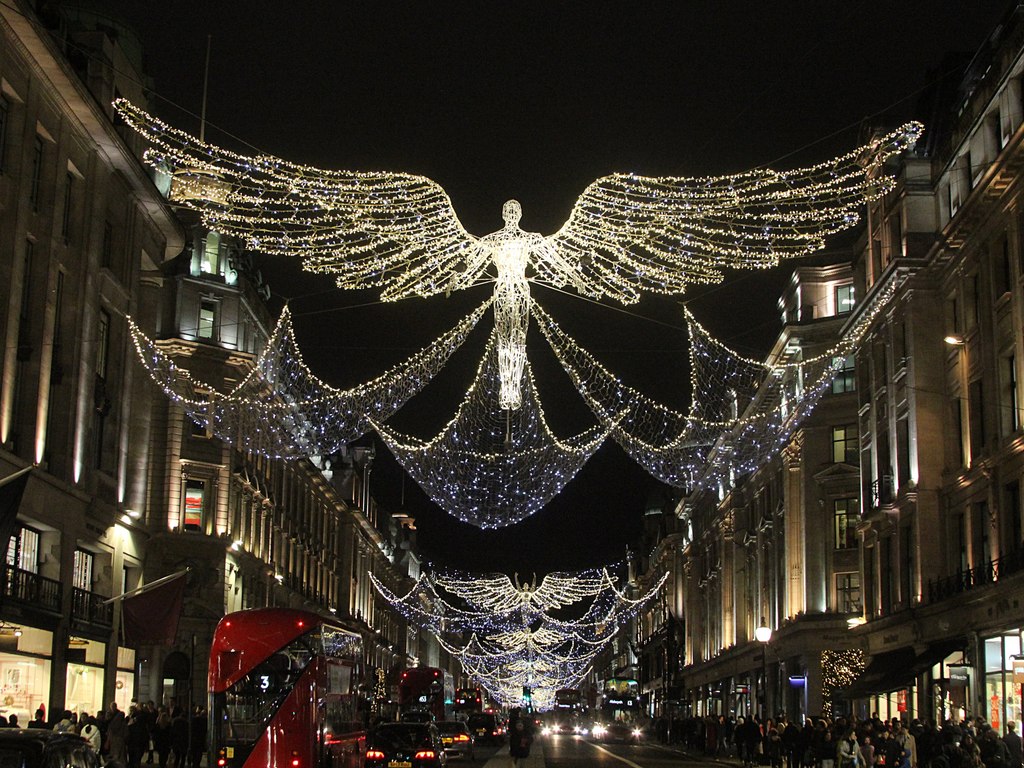Introduction to Daylight Saving
Daylight Saving Time (DST) is an annual practice where clocks are adjusted forward in spring and back in autumn. This system aims to make better use of daylight during the longer days of summer. In the UK, it’s known as British Summer Time (BST), and its implementation has been a topic of debate for over a century. While it promises benefits like energy savings and extended daylight for leisure, its drawbacks have spurred continuous discussions.
The Origins: How It All Began
The concept of shifting time to align better with daylight was first humorously proposed by Benjamin Franklin in 1784. However, it wasn’t until 1907 that the idea gained serious traction in the UK, thanks to William Willett, a builder and avid horseman. During early morning rides, Willett noticed many homes had their curtains drawn despite the daylight. He published a pamphlet, The Waste of Daylight, proposing to advance clocks in spring to maximise usable daylight and reduce artificial lighting costs.
Despite Willett’s campaigning, his idea faced resistance in Parliament. It wasn’t until World War I, when Germany implemented DST to conserve coal, that the UK followed suit. The Summer Time Act of 1916 marked the official start of British Summer Time, with clocks moved forward by one hour.
Evolution Over the Years
The UK’s relationship with DST has been far from straightforward:
- World War II: The country adopted “Double Summer Time,” advancing clocks by two hours to maximise daylight during wartime
- The 1968-1971 Experiment: The Harold Wilson government trialled keeping BST throughout the year, known as British Standard Time. However, darker winter mornings led to its rejection.
- Modern Daylight Saving: Since the 1980s, the EU standardised DST across member states, including the UK. Despite Brexit, the UK continues to observe DST, adjusting clocks on the last Sundays of March and October.
Benefits of Daylight Saving Time
-
Energy Conservation: Originally, DST reduced reliance on artificial lighting, saving energy. However, modern technologies like air conditioning and 24-hour activities have reduced these benefits in some regions.
-
Improved Public Safety: Lighter evenings are linked to fewer road accidents and reduced crime rates, as visibility improves during peak activity hours
-
Economic Boost: Extended daylight encourages outdoor activities and shopping, benefiting industries such as tourism and retail
-
Enhanced Well-being: Longer evenings promote outdoor exercise and social interaction, contributing to healthier lifestyles?
.Criticisms and Controversies
Despite its benefits, DST is not without its detractors:
-
Health Impacts: The biannual clock changes disrupt circadian rhythms, potentially causing sleep disorders, increased heart attack risks, and mental health issues
-
Energy Debate: Some studies show negligible or even increased energy usage due to modern energy demands, questioning DST’s original purpose.
-
Regional Inequities: Northern regions like Scotland experience minimal daylight benefits, as winter mornings remain dark for longer.
-
Economic Costs: Adjusting clocks involves logistical challenges and can reduce productivity during transition periods.
Coping with the Time Changes
Adapting to DST can be challenging, but these tips can help:
- Adjust Gradually: Shift your sleep schedule 15-30 minutes earlier a week before the clock change.
- Stay Active: Engage in outdoor activities to maximise exposure to natural light.
- Avoid Stimulants: Reduce caffeine and alcohol intake before bedtime to ensure quality sleep.
The Global Perspective
Globally, over 70 countries observe DST, with varying start and end dates. However, many nations near the equator or extreme latitudes do not participate, as daylight hours are relatively stable throughout the year. Recent debates in the EU and North America have reignited discussions about abolishing DST altogether.
What Lies Ahead?
The future of DST in the UK remains uncertain. Advocates for abolishing the system argue for year-round BST, aligning with Central European Time. This change could bring lighter evenings during winter but might negatively impact northern regions. For now, the debate continues as society balances tradition, energy efficiency, and public health concerns
Conclusion
Daylight Saving Time in the UK is a practice rooted in historical necessity and modern practicality. While it offers benefits like energy conservation and improved safety, its drawbacks are equally significant. As the debate continues, DST remains a fascinating reflection of society’s evolving relationship with time. -


